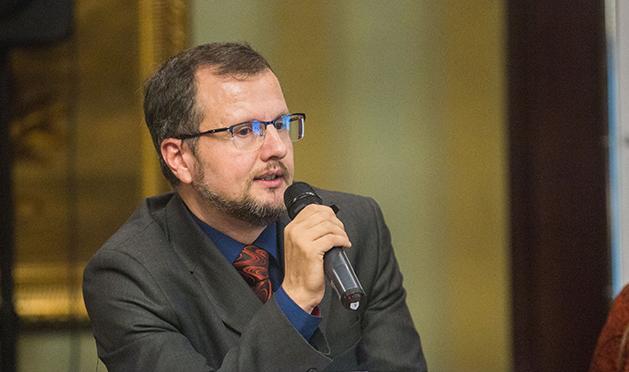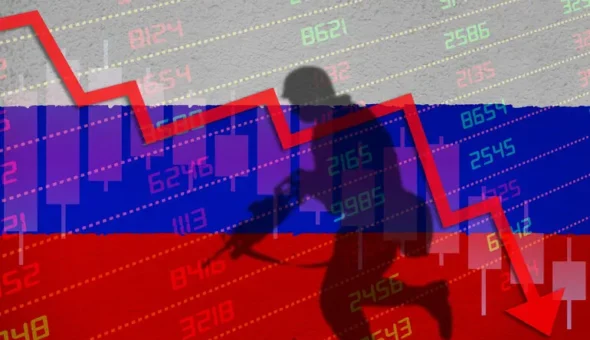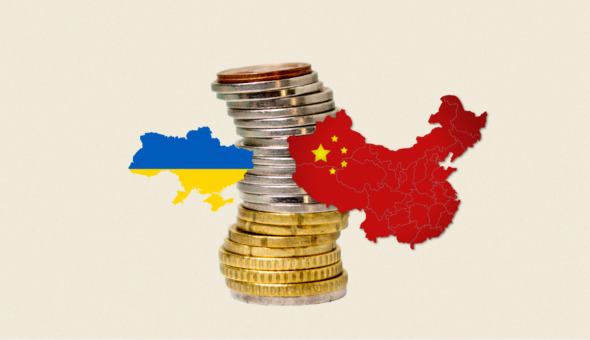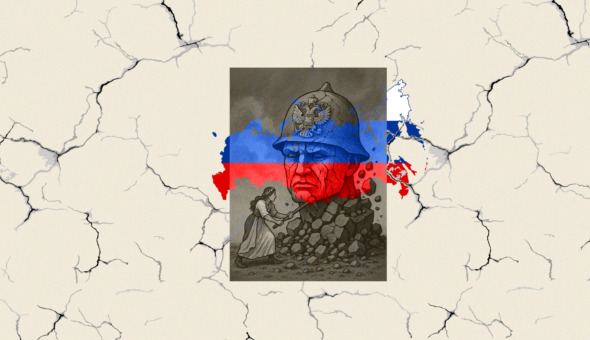
The russian federation is not only committing genocide in Ukraine, but it is also destroying its own people and destroying its own country’s economic future.
This was stated on the air of the national telethon by Ilya Neskhodovskyi, the head of the analytical department of the National Interests Advocacy Network “ANTS”.
“If we look at the russian budget for 2023, we can see that for the first time, expenditures on national security and national defense, and indeed on aggression against Ukraine, have surpassed social expenditures, particularly if 6.7 trillion rubles were spent on social policy in 2021, and 5.9 trillion rubles on national security and national defense, then by 2023 – 7.3 and 9.2, respectively. This is the first time in russian history that security forces and aggression have outstripped social support for russians. Already in 2022, the rate of growth in aggression expenditures is significant, increasing from 5.9 to 7.5 trillion rubles; as a result, social expenditures in 2022 were reduced from 6.7 to 6.5 trillion rubles. Social spending will rise next year, but only to the level of inflation. And here’s another point: official inflation in russia is negligible, but russians notice a significant increase in prices for a wide range of goods, indicating significant statistical manipulation, – Ilya Neskhodovskyi. – In addition, after accounting for inflation, spending on health care and education is reduced. That is, not only were these expenditures unfunded in previous years, but they are also decreasing.
Another critical factor is spending on the national economy. These costs will be reduced from 4.3 trillion rubles to 3.7 trillion rubles by 2023. In other words, there will be no investments or support for projects that would help russia’s economy, which is contracting significantly. Projects have been halted. Everyone is preparing for war”.
Funding for various areas of development in the russian federation will have to be reduced, not only due to increased military spending, but also due to sanctions imposed on russia by Ukrainian international partners for aggression and war crimes in Ukraine.
“Sanctions have the most impact on the Russian economy, and it should be noted that the most powerful sanctions have yet to be implemented. Already in December, restrictions on oil tanker trade with the EU, as well as restrictions on the price of oil insured or transported by European companies, will go into effect. And this will be a significant blow to russia’s economy,” according to the analyst.
The expert notes that russia’s budget for 2023 is calculated on sufficiently optimistic indicators.
“This is true for the price of oil. It is set at $70 per barrel for next year. This is despite the fact that shipments to the Indian market are already being priced at $52 per barrel. They raised the price of gasoline relative to what it was previously. However, they lost the EU market, which is also poorly accounted for in the budget’s revenue. Covering the budget deficit will be done with funds from the national welfare fund, where a portion of the excess profits from the sale of energy sources have been directed for a long time, but with the sanctions in place, they will not have enough for more than two years”.
Furthermore, closed statistics and obvious manipulation of open indicators cast doubt on whether the budget will be met this year. After all, some industries in russia are expected to decline significantly by 2022, including automotive, aircraft, gas production, metallurgical industries, and so on. To compensate for lost markets, the latter are forced to sell their products to China at significantly lower prices than market prices. Simultaneously, a tax increase on these industries is expected next year in order to increase budget revenues. Such actions will only exacerbate the situation in these industries.
Instead of resolving internal russian issues and improving russians’ well-being, russian authorities are escalating the situation through aggression, mobilization, and other measures.



